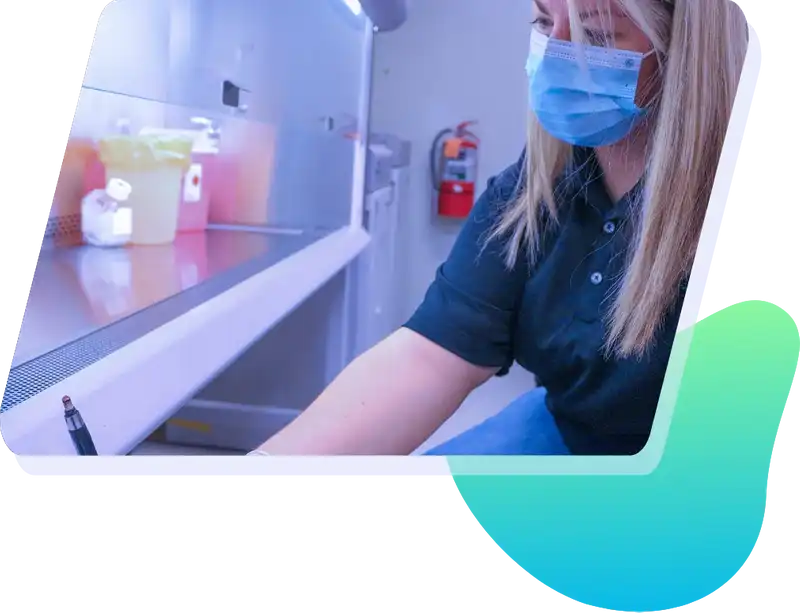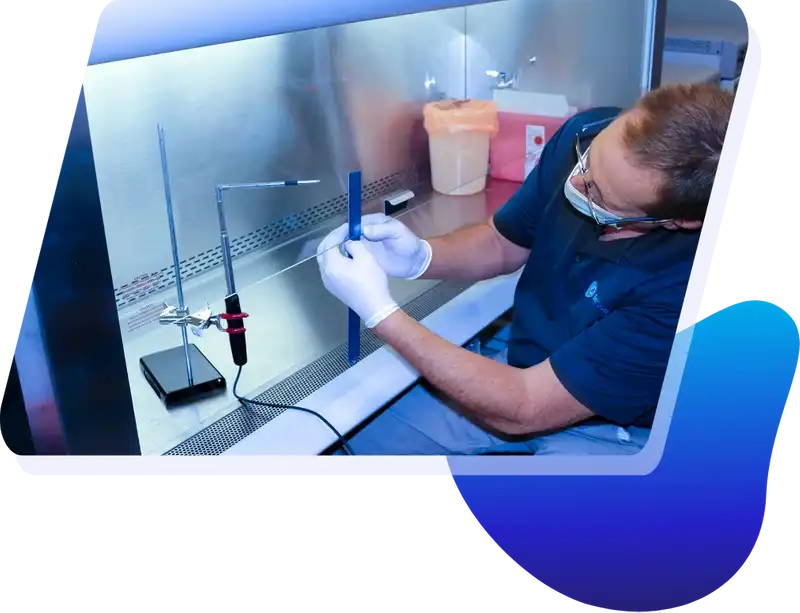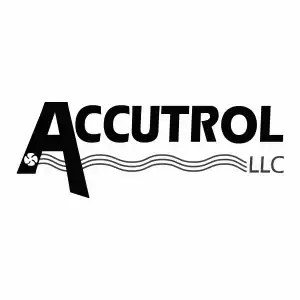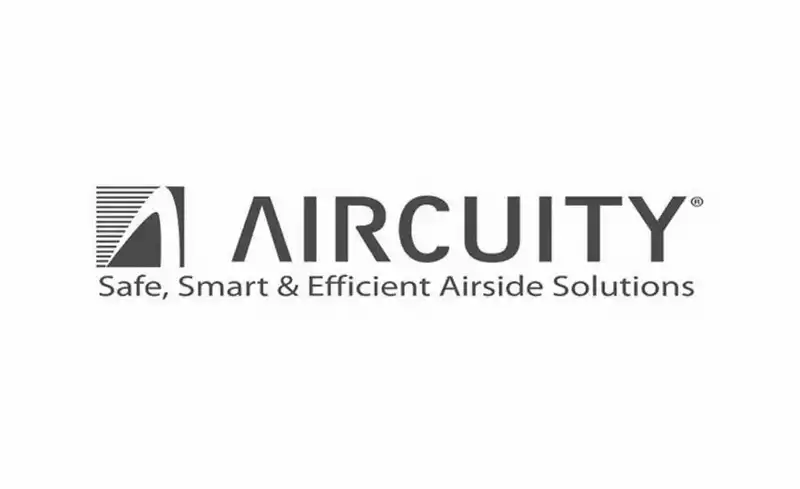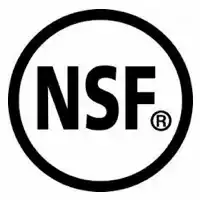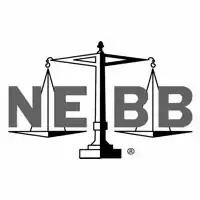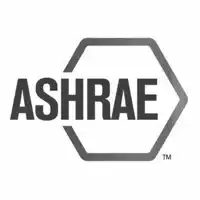Biological Safety Cabinet Certification Tests
Let our team of experts keep your lab safe by becoming your Biological Safety Cabinet Service Provider. Our services include testing, certification, emergency repair and maintenance.
Following your certification, you will receive a full report for each test performed on you Biological Safety Cabinet. Our Certification Tests include:
- Inflow Velocity Measurements
- Down-Flow Velocity Measurements
- HEPA Filter Integrity Testing
- Smoke Pattern Testing
- Alarm Calibration
- Site Installation
NSF Certified
Specialized knowledge is needed to certify, service and repair biological safety cabinets (BSC). That is why NSF keeps a listing of qualified individuals. These are people who have successfully completed both written and practical examinations. This proves the ability to perform the tests listed in annex F of NSF/ANSI 49.
Our Certifications
Accutrol Controls
Aircuity Controls
Antect Controls
Phoenix Controls
NSF Accredited Biosafety Cabinet Certifiers
NEBB Quality Certified
ASHRAE 110 Certifications
BSL-3 Certification
How Often To Certify a BSC?
Biological safety cabinets should be certified when installed and then certified at least once every year according to OSHA. NSF International also recommends no more than 1 year between certification. This is published in NSF/ANSI Standard 49.
Some pharmaceutical BSC's must be certified every 6 months per USP 797 and USP 800.
Note: If a BSC is moved for any reason, it must be re-certified before it has been put back into operation.
How To Clean A Biological Safety Cabinet?
It is important to routinely deep clean your BSC. This can be done by using a disinfectant solution. This disinfectant commonly has Isopropyl alcohol and deionized water but there are many disinfectants on the market. It is important to hit all interior surfaces when cleaning. It is recommended to do this in the following order:
- Ceiling
- Front Wall
- Back Wall
- Left Wall
- Right Wall
- Work Surface
Be sure to get all hard-to-reach places and use a swab if necessary. If a drain pan is in use it should be emptied into a suitable container and the drain valve should be cleaned.
You will then want to clean the exterior of the unit. For this you will use non-sterile isopropyl alcohol and deionized water solution or a similar disinfectant on the market. Start at the top and work your way to the bottom while cleaning the exterior of the unit.
What Are The Different BSC Types?
There are 3 classes of BSC as classified by the US Center for Disease Control and Prevention. Class 1 cabinets are used for “lower risk” contaminants and do not offer product protection from contamination.
Class 2 cabinets are further divided into four subtypes: A1, A2, B1 and B2. With each subtype the minimum inflow velocity differs and the way that air is exhausted differs. Class II cabinets offer the product protection that Class 1 cabinets do not.
Class 3 cabinets are used for “high risk” contaminants and offer the most protection. These cabinets are gas tight and are commonly referred to as glove boxes.
How do air monitoring systems work?
Air monitoring systems can measure air quality through duct probes, wall mounted sensors and ceiling mounted sensors. These systems can also generally integrate with existing building controls to measure contaminants in the air. Airflow rates can then be adjusted based on the results.

